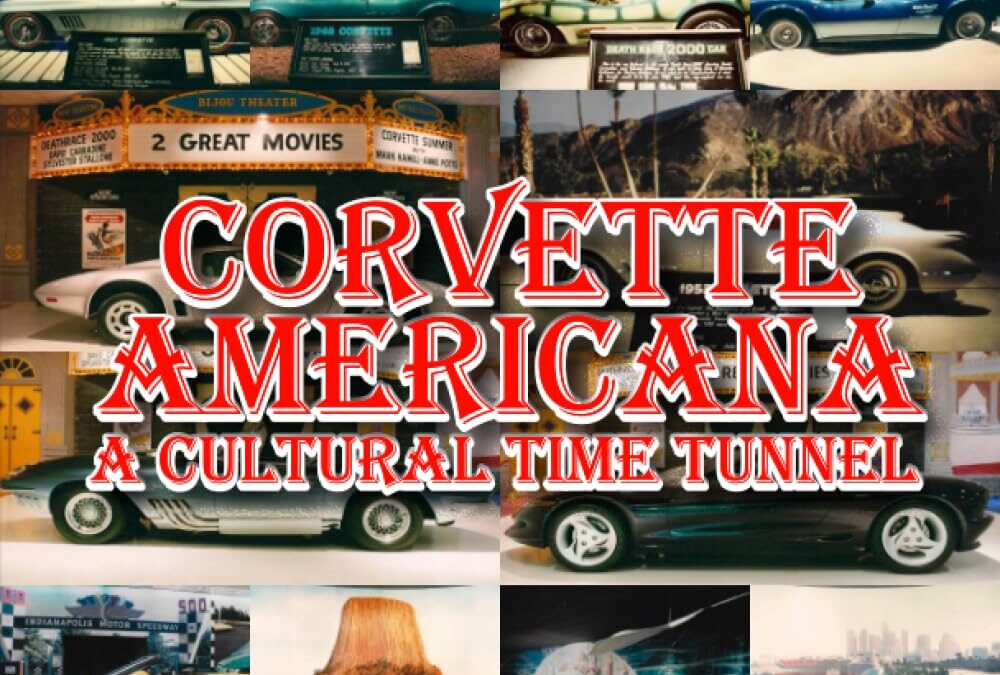
Allen Schery is perhaps the first Anthropologist to have designed a Car Museum. Prior to his design we generally only see rows of cars with small signs. Allen’s unique idea was to place each car in a set featuring a giant 15 x 30-foot photo mural that utilized a curved dioramic wall to give a 3-D effect incorporating a symbol of American Culture as a backdrop. Allen then took several trips around America logging in some 20,000 miles of trips procuring pictures of Mt. Rushmore, Niagara Falls, The Golden Gate Bridge, the Alamo, and other well-known American Landmarks. Each set featured real earth scenes and stage lighting. The Corvette was used as a time-coordinated symbol of American Culture to anchor the exhibit. He then theorized that as the original owner of each car placed the key in the ignition he was surrounded by the culture of a bygone year of Americana. He sought to recreate the sights. sounds and memories of that bygone culture by using the music, television, and movie snippets of that year along with slides of news events and time-coordinated artifacts. The Museum won many awards as well as being chosen as one of the ten best museums in New York State. Each room became a time capsule to that year with the entire museum a giant time tunnel.

The world will always remember Neil Armstrong and Buzz Aldrin for their first steps on the moon, yet few today hold in respect the sites that made these and other astronauts’ journeys possible. Across the American landscape and on the lunar surface, many facilities and landing sites linked to the Apollo program remain unprotected. Some have already crumbled to ruins–silent and abandoned. The Final Mission explores these key locations, reframes the footprints and items left on the moon as cultural resources, and calls for the urgent preservation of this space heritage.
Beginning with the initiation of the space race, the authors trace the history of research, training, and manufacturing centers that contributed to lunar exploration. From the early rocket test stands of Robert H. Goddard, to astronaut instruction at Meteor Crater, to human and primate experiments at Holloman Air Force Base, innumerable places proved critical to developing the equipment for exploring space, surviving the journey, and returning to Earth safely. Despite their significance to the history of human spaceflight, many landmarks face the threat of damage or destruction. Most alarming is that the rapid advancement of technology renders stations obsolete long before they are deemed worthy of preservation. Moreover, the lack of precedence for protecting off-planet artifacts poses a unique challenge for space archaeology. While NASA’s 2011 recommendations for spacefarers suggest avoiding close proximity to this cultural landscape, the authors advocate stronger routes of preservation and present models for safeguarding space history–both on Earth’s surface and beyond.

The Soviet Union’s first successful atomic bomb detonation in August 1949 was a wakeup call for US Navy planners. The possibility of a single Soviet aircraft wiping out an entire convoy of merchant ships with a nuclear weapon had suddenly become very real. With military budgets having shrunk prior to the Korean War, it was simply not possible to provide a US Navy escort for every convoy. But what if those vessels could be provided with an effective means of self-defense – an aircraft able to function as both a helicopter and a fighter, launching from and landing on the small deck of a Liberty Ship? It was a risky concept but aviation technology was now advancing at an unprecedented pace and the American aircraft manufacturers were ready to meet the challenge head on.
The result was the US Navy’s Convoy Fighter competition of November 1950 – a contest to produce a turboprop-powered ‘tailsitter’ single-seat aircraft able to operate from a largely unmodified merchant vessel. A host of designs were submitted by the likes of Convair, Lockheed, Martin and Northrop, among them some of the strangest and most outlandish concept aircraft ever committed to paper. And two were actually built in prototype form: the Convair XFY-1 ‘Pogo’ and the Lockheed XFV-1.
In American Interceptor: US Navy Convoy Fighter Projects, author and illustrator Jared A. Zichek focuses on the ‘paper projects’, the unbuilt studies submitted to the Navy. Lavishly illustrated throughout, the book showcases these fascinating artifacts of what might have been, from a golden age of aerospace history unlikely to be equaled or exceeded.
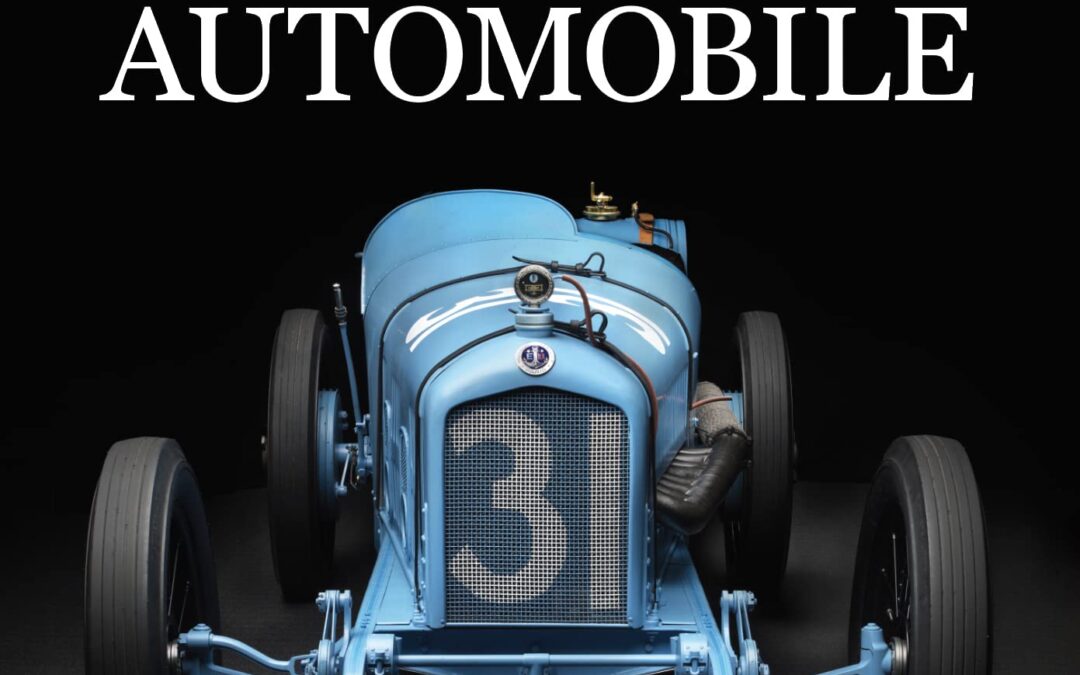
In the last one hundred years, cars have shaped our lives. Other everyday cultural artifacts, such as watches, telephones, musical instruments, and televisions, have certainly had influence, but the car is by far the most significant. Now, change is coming for the car, as it is for so many other industrial artifacts. Once, cars were distinct machines. Now, they are evolving into multifunctional digital devices. New fuels, new modes of travel, and new technologies are disrupting the traditional role of the much-loved family car.
What is to become of this material legacy? Should we really let go of it? Without memory, personal and shared, we lose our way, our individuality, and our culture. This proposition is at the heart of The Archaeological Automobile.
Miles C. Collier’s landmark approach uses an “archaeological mindset” to interpret the automobile as a cultural artifact in six themes:
The Development of the Automobile describes how the car emerged from a pressing human need for mobility, tracing our relationship with horses, our invention of the bicycle, and how we turned our backs on both as daily transport for the allure of the car.
The Rise of the Collectible Automobile asks how and why ratty relics decaying in recycling yards can become valuable and treasured collectibles. It reveals the effect of cultural influences on our perception of cars and on the dynamics of the collector car market.
The Archaeological Mindset picks up a wrench, gets into the workshop, and tracks the restoration of a 1919 Ballot Indy car using hands-on experience and background research while deploying the “archaeological imagination.” The archaeological clues are in the detail.
Collecting and the Archaeological Automobile deals with the characteristics of collecting. Why do we accumulate “stuff”? Is it greed? Is it passion? Is it a desire for legacy? And what makes a “good” collection? Is it bling? Is it style? Is it material worth? The answer lies in connoisseurship.
Restoring the Archaeological Automobile debates the merits of diverse restoration strategies and the reasoning behind them, including the tricky question of how to repaint the tilt-front nose of a 1964 Alfa Romeo GTZ racing car and still preserve the evidence of forty years of accumulated sandblasting and chipping.
The Archaeological Automobile of the Future is a call to action. Cars as we know them are customarily trashed, government regulations encourage indifference, and the skills and knowledge associated with fixing them are slowly vanishing as we lose older generations of experienced craftsmen. How can we preserve humanity’s treasure trove of automotive knowledge for generations to come?
Filled with engaging stories and practical examples, this is a handbook of the most thoughtful practices, not just for automobile owners and the historical car industry, but for collectors, professionals, and users of all kinds of industrial era artifacts.
The Archaeological Automobile combines scholarship, pertinent anecdotes, style, and experience to provide a stimulating account of why we should all be archaeologists now.

On December 22, 1964, at a small, closely guarded airstrip in the desert town of Palmdale, California, Lockheed test pilot Bob Gilliland stepped into a strange-looking aircraft and roared into aviation history.
Developed at the super-secret Skunk Works, the SR-71 Blackbird was a technological marvel. In fact, more than a half century later, the Mach 3–plus titanium wonder, designed by Clarence L. “Kelly” Johnson, remains the world’s fastest jet.
It took a test pilot with the right combination of intelligence, skill, and nerve to make the first flight of the SR-71, and the thirty-eight-year-old Gilliland had spent much of his life pushing the edge.
In Speed one of America’s greatest test pilots collaborates with acclaimed journalist Keith Dunnavant to tell his remarkable story: How he was pushed to excel by his demanding father. How a lucky envelope at the U.S. Naval Academy altered the trajectory of his life. How he talked his way into U.S. Air Force fighters at the dawn of the jet age, despite being told he was too tall. How he made the conscious decision to trade the security of the business world for the dangerous life of an experimental test pilot, including time at the clandestine base Area 51, working on the Central Intelligence Agency’s Oxcart program.
The narrative focuses most intently on Gilliland’s years as the chief test pilot of the SR-71, as he played a leading role in the development of the entire fleet of spy planes while surviving several emergencies that very nearly ended in disaster.
Waging the Cold War at 85,000 feet, the SR-71 became an unrivaled intelligence-gathering asset for the U.S. Air Force, invulnerable to enemy defenses for a quarter century.
Gilliland’s work with the SR-71 defined him, especially after the Cold War, when many of the secrets began to be revealed and the plane emerged from the shadows—not just as a tangible museum artifact but as an icon that burrowed deep into the national consciousness.
Like the Blackbird itself, Speed is a story animated by the power of ambition and risk-taking during the heady days of the American Century.
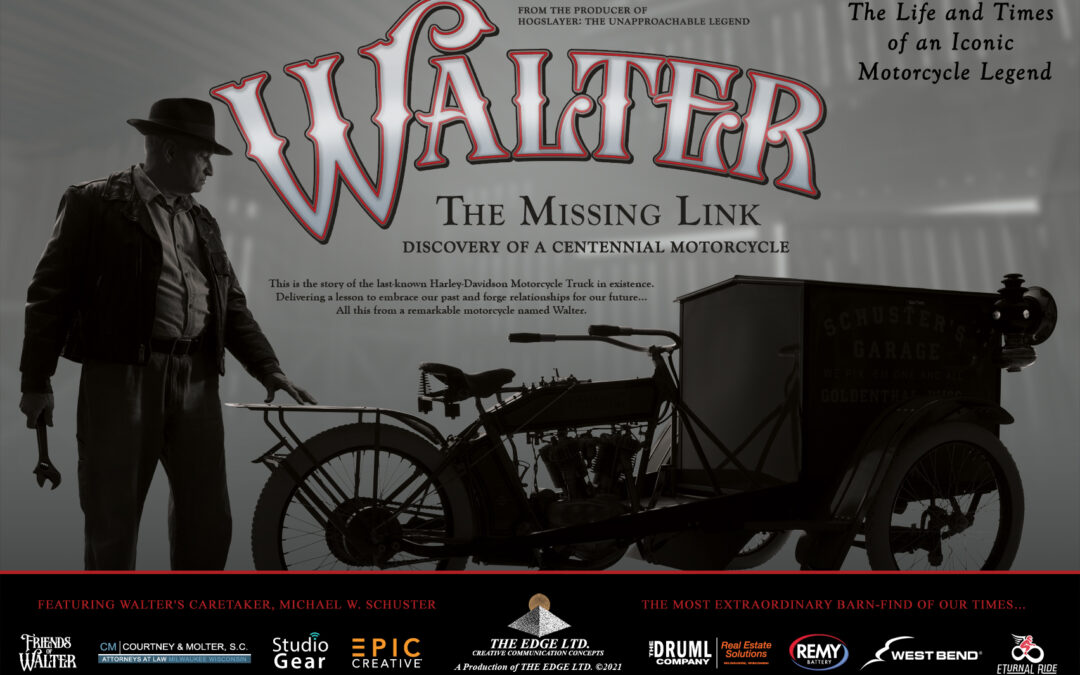
Walter: The Missing Link chronicles the life and times of a remarkable motorcycle affectionately known as Walter®
Walter is a feature-length narrative documentary featuring Walter, a 1913 Harley-Davidson Motorcycle Truck, and his former caretaker Michael W. Schuster. This is truly an extraordinary barn-find story that tracks Walter’s service mission delivering on the streets of old Milwaukee, then through forty years of desolation while stored in a horse barn, and finally his rebirth many decades later through a meticulous restoration by Ally Schuster and his grandson Michael. Walter ultimately became an acknowledged motorcycle artifact recognized as the last-known Harley-Davidson Motorcycle Truck in existence. This remarkable motorcycle’s story and the related experiences of those touched by him have delighted enthusiasts and inspired us all to embrace our past and forge relationships for our future.

Walter: The Missing Link chronicles the life and times of a remarkable motorcycle affectionately known as Walter®
Walter is a feature-length narrative documentary featuring Walter, a 1913 Harley-Davidson Motorcycle Truck, and his former caretaker Michael W. Schuster. This is truly an extraordinary barn-find story that tracks Walter’s service mission delivering on the streets of old Milwaukee, then through forty years of desolation while stored in a horse barn, and finally his rebirth many decades later through a meticulous restoration by Ally Schuster and his grandson Michael. Walter ultimately became an acknowledged motorcycle artifact recognized as the last-known Harley-Davidson Motorcycle Truck in existence. This remarkable motorcycle’s story and the related experiences of those touched by him have delighted enthusiasts and inspired us all to embrace our past and forge relationships for our future.
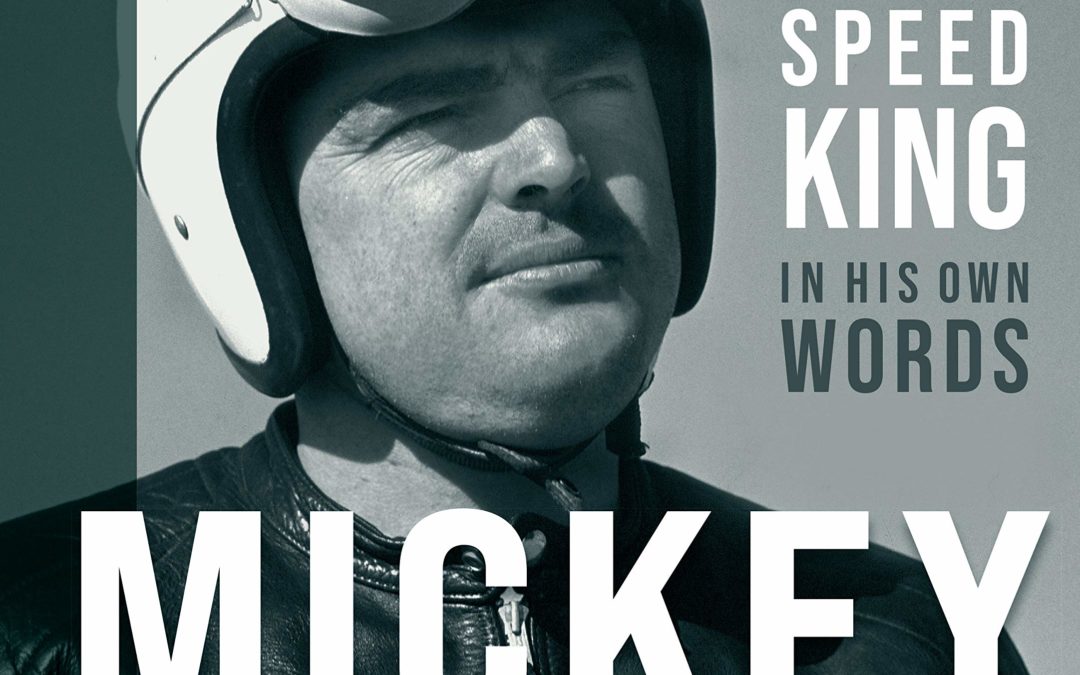
Mickey Thompson offers a now-impossible (Thompson and his wife were murdered in 1988) first-person telling of the legendary racer and motorsport impresario’s high-speed life, from his earliest days through the height of his competition exploits on drag strips, at Bonneville, the Indy 500, Baja, and more—complemented by some 200 rare images culled from family archives, the NHRA museum, and the collections of friends and fellow racers.
Four decades after his tragic death, Mickey Thompson’s name and accomplishments remain legendary among motorsports and automotive enthusiasts. Thompson did it all on four wheels: land-speed racing, drag racing, off-road, NASCAR, Indianapolis…anything involving speed. Armed with a restless mind and a keen business sense, Thompson moved from success to success.
In the early 1970s, motorsports writer (and former drag racer) Tom Madigan and Thompson embarked on a project to write the latter’s autobiography. After two years, extensive interviews, and a near-finished manuscript the whole enterprise fell apart for a number of reasons. Type-written sheets, neatly stacked, were boxed, stored, and mostly forgotten.
Mickey Thompson: The Untold Story of the Original Speed King is that never-published work—an amazing biographical artifact from what many consider the golden age of automotive racing.
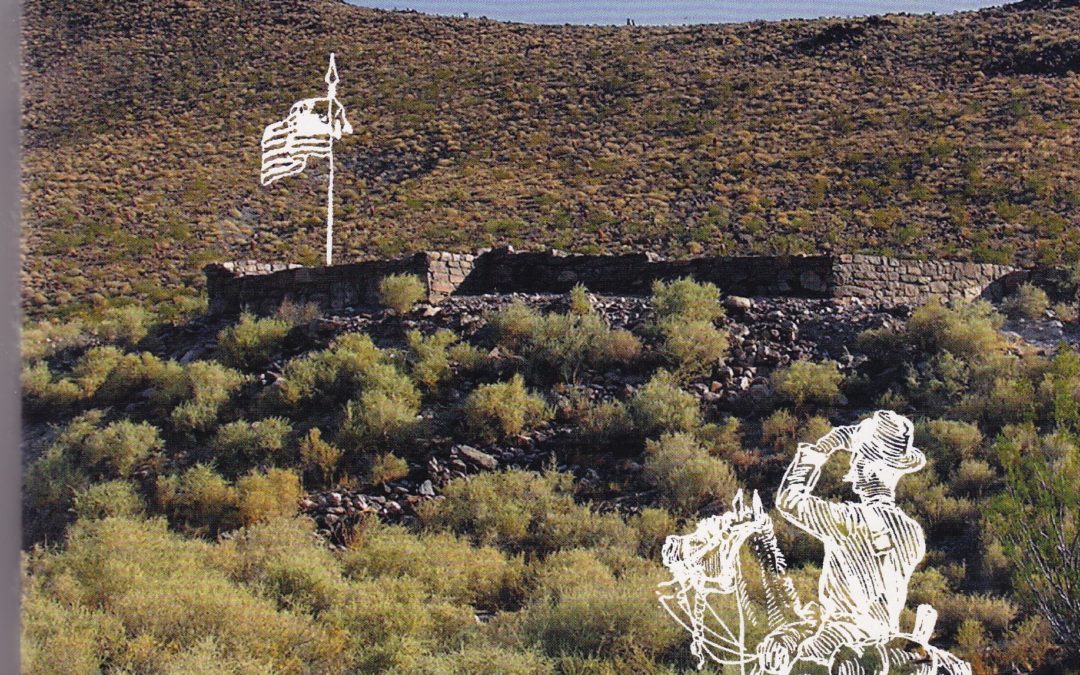
This book details the history of the Mojave Road forts established across the East Mojave by the U. S. Army starting in 1859. These lonely posts were built to protect settlers, miners, and the mails from Indian resistance. They mark a path of western migration across a harsh and unforgiving land. Published April 2007. In 1859, the U. S. Army began establishing a line of fortifications stretching across the East Mojave to protect settlers, miners, and the mails in one the most harsh and remote desert regions of the American frontier. Tales of the Mojave Road: The Military recounts the stories of the bluecoated soldiers manning these lonely military outposts on the Mojave Road. These narratives have been painstakingly resconstructed from detailed research in the records of the United States Army, National Archives and other sources, This is the rich military history behind the remnants of the fast-disappearing Army artifacts of the Mojave Desert. The Military was researched and authored by renowned desert historian Dennis Casebier. The book is perfection bound, printed on high quality paper, containing 238 pages with a full color cover featuring a beautiful modern day image of Fort Piute. Inside is a historic map, drawn by Henry Martyn Robert in 1869, depicting the Mojave Road from the Pacific Coast to the Colorado River. The book features a portraiture section of the military men profiled in the narrative, is illustrated with photographs and period line art, and is enriched with bibliographical references and an index.
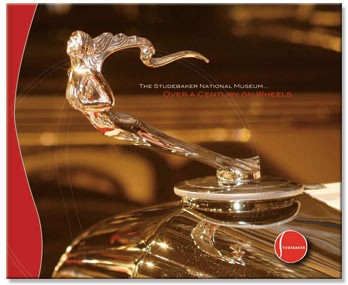
This book explores the company’s history from the Studebaker family’s arrival in America through the company’s lasting legacy into the 21st century. The story is told through the vehicles and artifacts in the Studebaker National Museum, and highlighted throughout with images and illustrations from the Museum’s vast Archives. This unique book will be a treasure in any Studebaker lover’s library.
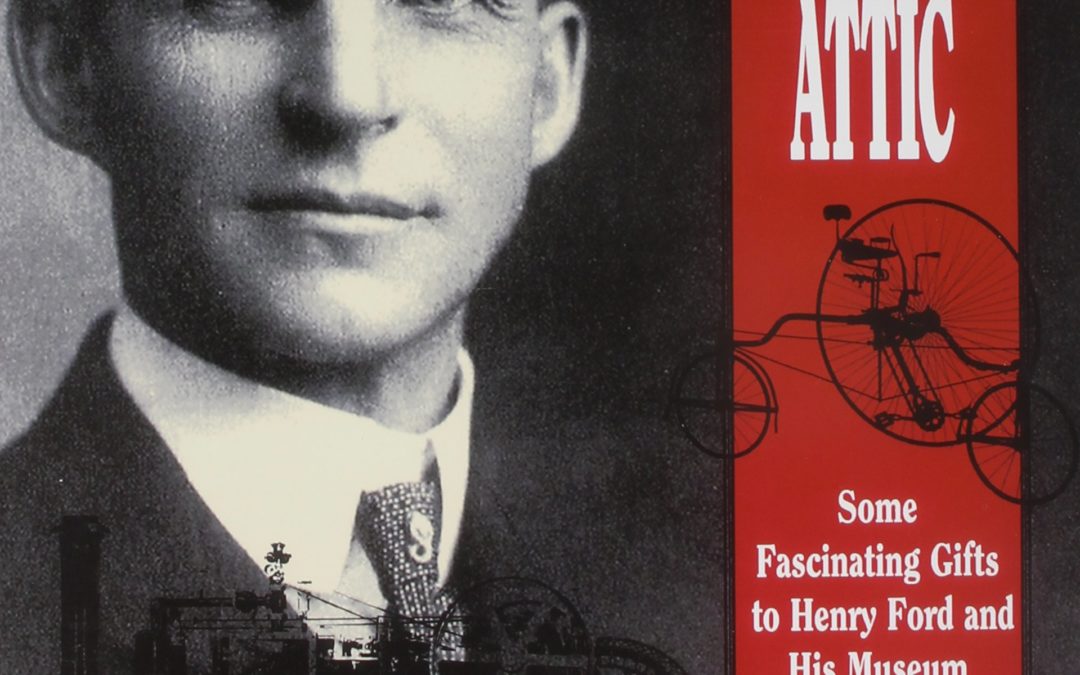
Henry’s Attic provides fascinating documentation of some of the one million artifacts in the Henry Ford Museum and Greenfield Village. The items represent both Henry Ford’s passion for collecting Americana and the astonishing array of gifts-some of great historic value and others of a distinctly homegrown variety-that account for almost half of the museum’s collections. It was the quantity of these gifts and the unusual and even unique nature of many of them that provided the inspiration for this book.
Henry Ford Museum and Greenfield Village, which Ford established in Dearborn, Michigan in the late 1920s, was intended to recreate the slow-paced, rural character of America before the advent of the automobile. The purchases he made and the gifts he was given reflect his desire to document and preserve the lifeways of common people and to emphasize middle-class rural history, as represented by the tools of agriculture, industry, and transportation.

This book explores the company’s history from the Studebaker family’s arrival in America through the company’s lasting legacy into the 21st century. The story is told through the vehicles and artifacts in the Studebaker National Museum, and highlighted throughout with images and illustrations from the Museum’s vast Archives. This unique book will be a treasure in any Studebaker lover’s library.
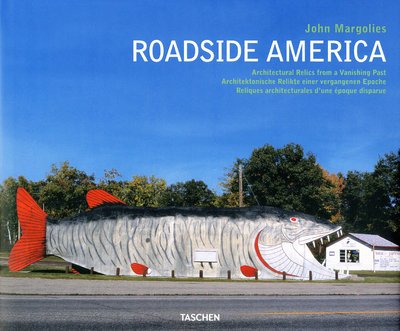
The native genius of America’s mid-era automobile culture
Before the advent of corporate communications and architectural uniformity, America’s built environment was a free-form landscape of individual expression. Signs, artifacts, and even buildings ranged from playful to eccentric, from deliciously cartoonish to quasi-psychedelic. Photographer John Margolies spent over three decades and drove more than 100,000 miles documenting these fascinating and endearingly artisanal examples of roadside advertising and fantasy structures, a fast-fading aspect of Americana.
This book brings together approximately 400 color photographs of Main Street signs, movie theaters, gas stations, fast food restaurants, motels, roadside attractions, miniature golf courses, dinosaurs, giant figures and animals, and fantasy coastal resorts. In an age when online shopping and mega-malls have reconfigured American consumerism, stripping away idiosyncrasy in favor of a bland homogeneity, Margolies’s elegiac 30-year survey reminds us of a more innocent unpredictable and colorful past.
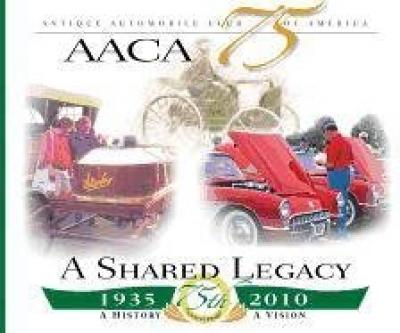
This very special slip-cased vault book is laden with pull-out artifacts of automotive history, especially the history of the Antique Automobile Club of America. The artifacts, including gasoline rationing cards and a letter from President Ronald Reagan, help make history come alive.
Published by Automobile Quarterly
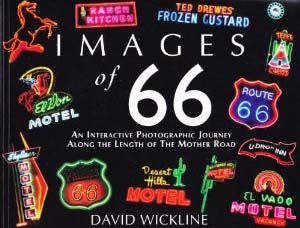
Like no other Route 66 Book. An interactive photographic journey along the length of the Mother Road. Featuring 2,006 carefully selected digital images of hundreds of historic icons, landmarks and relics, which remain along the old highway. Encompasses all eight Route 66 states under one cover.
It is an interactive Historic Route 66 learning experience based on over two and a half years of research and thousands of hours of Internet work.
This book is a must-have for the first time Route 66 traveler, while at the same time being an educational manual for the more experienced 66 roadie, and also a graphic documentation and record of what landmarks and artifacts remain along old 66, preserved in vivid color for the benefit of our future generations.
Images are included of rare and hard to access places most 66 travelers will never experience, such as the La Bajada Escarpment, Diamond Creek Road, the Cuervo Cutoff, the 55th Street Detour, Canyon Padre Bridge and the Ghost Bridge site.
Autobooks-Aerobooks 2900 W. Magnolia Blvd. Burbank, CA 91505 (818) 845-0707 Hours: Tuesday-Friday 10:00 AM – 6:00 PM Saturday 10:00 AM – 6:00 PM Closed Sunday and Monday Accept Credit Cards gift cardYES, We have Gift Cards - Click Here AUTOBOOKS IS OPEN...



















